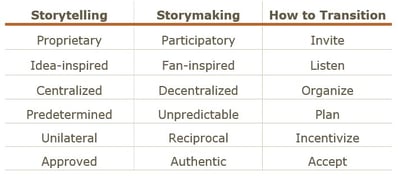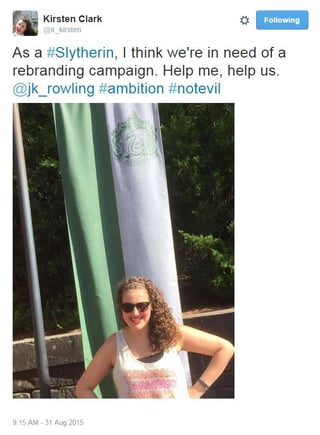 We run this blog a little differently than other corporate blogs. Instead of relying on a few resident bloggers, each of our employees writes at least one post a year. This means you get a variety of perspectives, experiences, and opinions on all aspects of market research, analytics, and strategy consulting from insights professionals doing some pretty cool work.
We run this blog a little differently than other corporate blogs. Instead of relying on a few resident bloggers, each of our employees writes at least one post a year. This means you get a variety of perspectives, experiences, and opinions on all aspects of market research, analytics, and strategy consulting from insights professionals doing some pretty cool work.
Before we blast into 2016, we wanted to reflect on our blog this past year by taking a second look at some of our favorite posts:
- This year, we launched a market research advice column—Dear Dr. Jay. Each month, our VP of Advanced Analytics, Jay Weiner, answers reader-submitted questions on everything from Predictive Analytics to Connected Cows. In the post that started it all, Dr. Jay discusses one of the hottest topics in consumer insights: mining big data.
- Research design and techniques are two of our favorite blog topics. A member of our Advanced Analytics team, Liz White, wrote a great piece this year about conjoint analysis. In her post, she shares the 3 most common pitfalls of using this technique and ways to get around them. Read it here.
- In June we launched EMPACTSM— our emotional impact analysis tool. In our introductory blog post to this new tool, CMB’s Erica Carranza discuss the best way to understand how your brand our product makes consumers feel and the role those feelings play in shaping consumers’ choices. Bonus: Superman makes a cameo. Check it out.
- Isn’t it great when you can take a topic like loyalty and apply it to your favorite television show? Heidi Hitchen did just that in her blog post this year. She broke down the 7 types of loyalty archetypes by applying each archetype to a character from popular book series A Song of Ice and Fire and hit HBO TV series Game of Thrones. Who’s a “True Loyal”? A “Captive Loyal”? Read to find out!
- Our Researcher in Residence series is one of our favorite blog features. A few times a year, we sit down with a client to talk about their work and the ideas about customer insights. Earlier this year, our own Judy Melanson sat down with Avis Budget Group’s Eric Smuda to talk about the customer experience, working with suppliers, and consumer insights. Check it out.
- We released a Consumer Pulse report earlier this year on mobile wallet use in the U.S. To deepen our insights, we analyzed unlinked passive mobile behavioral data alongside survey-based data. In this post, our VP of Technology and Telecom, Chris Neal, and Jay Weiner, teamed up to share some of the typical challenges you may face when working with passive mobile behavioral data, and some best practices for dealing with those challenges. Read it here.
What do you want us to cover in 2016? Tell us in the comments, and we look forward to talking with you next year!
Kirsten Clark is CMB’s Marketing Coordinator. She’ll be ringing in the New Year by winning her family’s annual game of Pictionary.




 Gryffindor, Hufflepuff, Ravenclaw, or Slytherin? Brave, loyal, wise, or ambitious. . .which one are you?
Gryffindor, Hufflepuff, Ravenclaw, or Slytherin? Brave, loyal, wise, or ambitious. . .which one are you?
 Last week, a few of my colleagues and I headed down to San Diego to soak up all the sun, insights, and networking opportunities we could from the
Last week, a few of my colleagues and I headed down to San Diego to soak up all the sun, insights, and networking opportunities we could from the 

